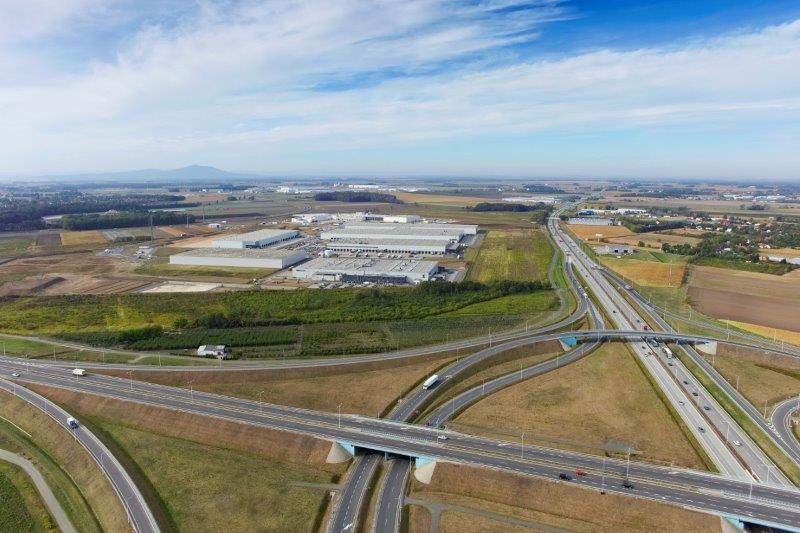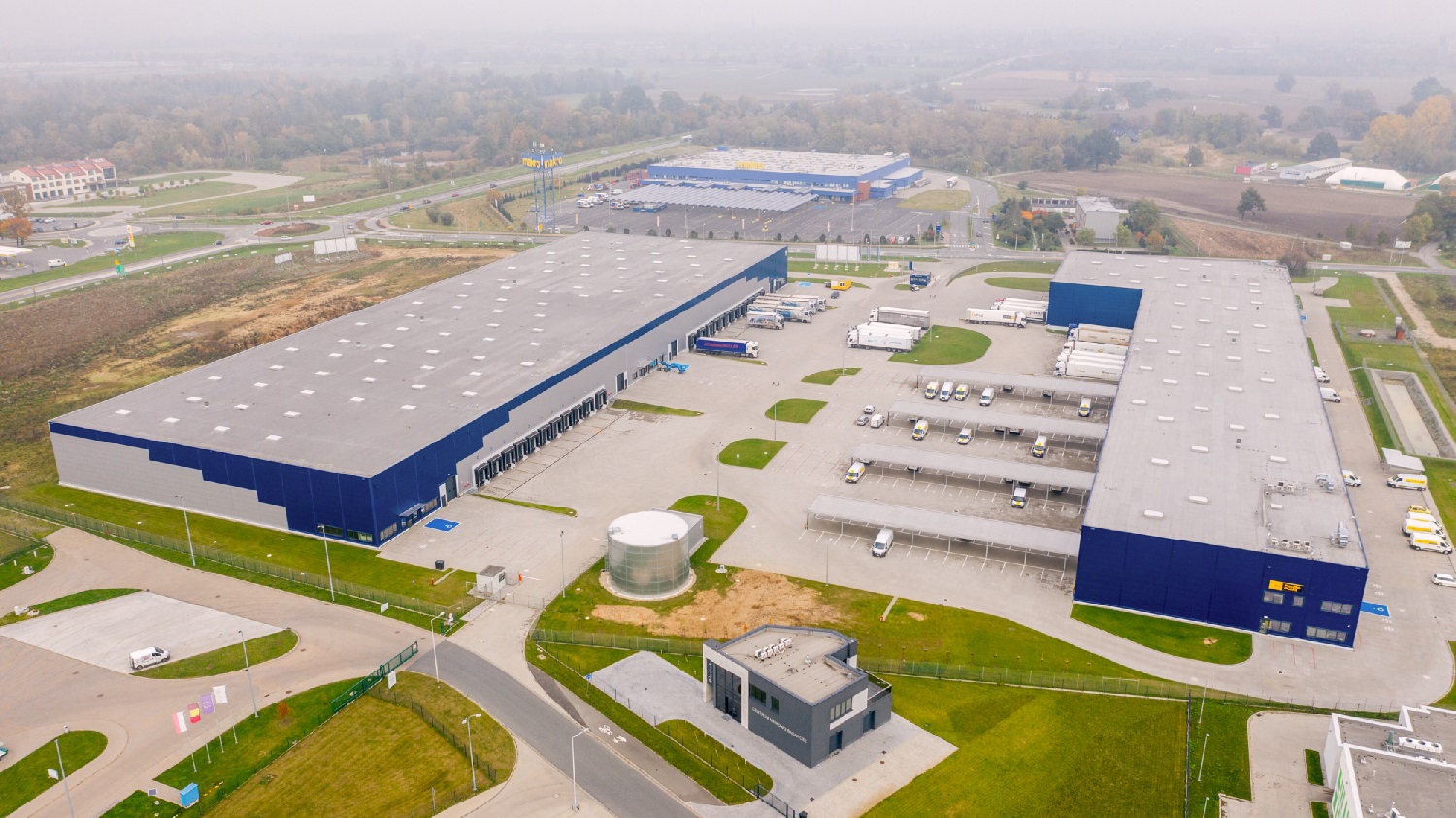Prologis has launched new research, revealing the top logistics locations in Central and Eastern Europe for occupiers.
The top five locations are spread over the region with each one in a different country, reflecting the expansion of the logistics sector in CEE over recent years. Central Poland, which includes Lodz, is CEE’s most desirable location, followed by Istanbul in Turkey, Prague in the Czech Republic, Bucharest in Romania and Budapest in Hungary.
The findings form part of a wider report, Logistics Real Estate Network Expansion, which was carried out by Prologis, in partnership with Eyefortransport.
CEE shows the biggest improvement among locations from the first report in 2013, with nine of the top 10 CEE markets improving their score. In total, eight CEE locations made it into the top 20, compared to four in 2013.
Low cost is the major factor for CEE – markets in CEE dominated the rankings in the “cost of labour” and “real estate costs” criteria. Of the top 10 European locations in the criterion “cost of labour”, eight are located in CEE. And of the top 20 best locations with regard to “cost of real estate”, 13 are located in CEE. Central Poland is the only location reaching a top 10 position in these two requirements.
The rise of markets in CEE is at the expense of markets in Western Europe. Markets showing the biggest declines in their ranking are Liege, Paris, Brussels, Madrid and Central Germany. Air cargo hubs, like Frankfurt and Amsterdam-Schiphol, lost ground as well. According to the report, this is due to lower scores for the location drivers “labour availability” and “cost of labour”.
Venlo, a logistics market in south east Netherlands, near the German border, is Europe’s most desirable location by a significant margin, as it was when the research was carried out for the first time in 2013. Venlo came out top
in nine of the 11 location criteria, scoring particularly high for ‘availability of land’, ‘road access, ‘transport cost’ and ‘regulatory’.
In second place is Rotterdam, the major port in the west Netherlands, in third the Antwerp-Brussels area in Belgium, followed by Central Brabant and East Brabant in south Netherlands. Making up the top 10 locations behind the five Benelux powerhouses are the German city of Dusseldorf, Central Poland, Antwerp-Hasselt, Istanbul and Cologne.
The Logistics Real Estate Network Expansion report answers the key location questions facing owners and occupiers of logistics property at a time of huge structural change. The reconfiguration of the European supply chain and the rise of e-commerce means there is significant demand potential for modern, efficient distribution facilities across the region.
A total of 216 occupiers of logistics property from a variety of sectors, ranging from retail to automotive to pharmaceuticals, ranked 100 distribution locations by 11 criteria: occupiers favour closeness to economic networks, low costs (both transport and real estate costs) and an availability of skilled labour.
In the future, availability of staff will be the most important consideration for choice of location. However, the importance of staff availability differs significantly per country and region. In general, it is most important in north western Europe and the U.K. and of less importance in the European periphery. However, across Europe it remains a challenge to find qualified and experienced staff.
Factors, such as global trade, outsourcing and infrastructural improvements, appear poised to be stronger drivers of change than cyclical factors, such as economic development and consumption. Two categories that were relatively unimportant in the 2013 report are now much more important: sustainability and planning for e-commerce. Sustainability has become particularly important for brand-sensitive customers, such as retailers and consumer packaged goods distributors. E-commerce growth has exploded in recent years and is only likely to become more important.
Paweł Sapek, senior vice president & country manager for Prologis Poland, said: “The research is of vital importance as it helps our understanding of customers’ current and future distribution requirements. Logistics companies are constantly optimising their distribution strategies to ensure the highest service levels for the lowest costs. The European market is driven by long term trends, such as proximity to economic networks, sourcing staffing and consolidation. Logistics corridors and infill locations in the largest metropolitan areas are expected to benefit most from this. As well being in-line with our investment strategy, the results demonstrate that we are well placed to meet demand in Europe’s most desirable logistics markets. Projects developed and planned in Central and Eastern Europe, including Poland, show that Prologis is ready to meet demand in the majority of the most desirable locations in the region.”







